You are using an out of date browser. It may not display this or other websites correctly.
You should upgrade or use an alternative browser.
You should upgrade or use an alternative browser.
No megafauna extinction in the Americas
- Thread starter teg
- Start date
Given that the megafauna include some fearsome predators, the effect might well be the reverse; Amerindians would be less numerous and well established at the time of European arrivals, so the Europeans would have an easier time displacing them.
Of course that means the Europeans have to deal with those predators as well; picture the poor Pilgrim trying to face down a sabretooth with his matchlock musket! European expansion would be a bit slower, and their fewer settlements would be very well fortified and garrisoned.
Of course that means the Europeans have to deal with those predators as well; picture the poor Pilgrim trying to face down a sabretooth with his matchlock musket! European expansion would be a bit slower, and their fewer settlements would be very well fortified and garrisoned.
Given that the megafauna include some fearsome predators, the effect might well be the reverse; Amerindians would be less numerous and well established at the time of European arrivals, so the Europeans would have an easier time displacing them.
Of course that means the Europeans have to deal with those predators as well; picture the poor Pilgrim trying to face down a sabretooth with his matchlock musket! European expansion would be a bit slower, and their fewer settlements would be very well fortified and garrisoned.
Predators won't have that much of an effect once the Native Americans get used to them (no more than lions, tigers or wolves did in OTL). Also, predators tend not to like settled communities so there could be more impetus for the abandonment of a nomadic lifestyle in the Americas.
I think this depends on which theory explaining the extinction you subscribe to. How do you keep the megafauna alive?
If the only way to do this is to keep the humans out of North America, for example, then there are no humans to domesticate these megafauna in the first place.
If the only way to do this is to keep the humans out of North America, for example, then there are no humans to domesticate these megafauna in the first place.
Given that the megafauna include some fearsome predators, the effect might well be the reverse; Amerindians would be less numerous and well established at the time of European arrivals, so the Europeans would have an easier time displacing them.
Of course that means the Europeans have to deal with those predators as well; picture the poor Pilgrim trying to face down a sabretooth with his matchlock musket! European expansion would be a bit slower, and their fewer settlements would be very well fortified and garrisoned.
Actually, it would probably make european colonization happen faster. Ivory was a very expensive commodity, and with all those Mammoths and Mastadons roving about, they would set up shop the first chance they got.
Uh, unless North America is going to retain its ice-age climate I don't really see how it can retain a lot of its megafauna (Mammoths/Mastodons, Woolly Rhino's etc.).
Mammoths lived as far south as LA. I'm sure they could manage in modern day Oregon at least.
NothingNow
Banned
Given that the megafauna include some fearsome predators, the effect might well be the reverse; Amerindians would be less numerous and well established at the time of European arrivals, so the Europeans would have an easier time displacing them.
Of course that means the Europeans have to deal with those predators as well; picture the poor Pilgrim trying to face down a sabretooth with his matchlock musket! European expansion would be a bit slower, and their fewer settlements would be very well fortified and garrisoned.
Fuck Sabertooth cats. They were already on their way out then, breeding to impotence, while things like T. walleri, and P. atrox OTOH.
But yeah, things will be much harder on the initial settlers from europe/wherever, while the Natives will have the upper-hand for a much longer period,. Now if we get an Equal Columbian Exhange, this could get really interesting.
I see there being a market for Glyptotherium and D. clavicaudatus shells as curios in europe, along with Ivory, utterly massive furs, from Arctodus, Castoroides ohioensis and C. leiseyorum, and various fibers from all the different Camelids.
Fuck, It'd be like a treasure trove for anyone stupid or desperate enough to try and set up shop there.
Hell, in the Caribbean, where things aren't as deadly, you've still got miniature ground sloths, Flightless Owls and rather interesting parrots (that might revive the fashion for parrots among the nobility back in Europe,) plus all the stuff that drove settlement IOTL.
Of course, the Native Civilizations will be at least as advanced as OTL in most places, and more advanced in some, as the Camel-riders sweep the plains, and large scale farming becomes easier in places, although one would have to be much more vigilant.
Also camels, llamas and horses all originated in the Americas. If there is no large scale die off these would also be available to them to use, llamas were used by the Incas in South America because they survived.
Camels would be used in the more desert areas and horses and donkeys in the other areas of North and South Americas. If the mammoths and mastadons could be domesticated like the elephants in asia and africa it might make a difference for the eastern woodland natives to use them and horses for trade and war.
Camels would be used in the more desert areas and horses and donkeys in the other areas of North and South Americas. If the mammoths and mastadons could be domesticated like the elephants in asia and africa it might make a difference for the eastern woodland natives to use them and horses for trade and war.
Uh, unless North America is going to retain its ice-age climate I don't really see how it can retain a lot of its megafauna (Mammoths/Mastodons, Woolly Rhino's etc.).
There were no woolly rhinos in North America.
Also camels, llamas and horses all originated in the Americas. If there is no large scale die off these would also be available to them to use, llamas were used by the Incas in South America because they survived.
Camels would be used in the more desert areas and horses and donkeys in the other areas of North and South Americas. If the mammoths and mastadons could be domesticated like the elephants in asia and africa it might make a difference for the eastern woodland natives to use them and horses for trade and war.
horses and camels are from the Americas? I never knew that.
Also camels, llamas and horses all originated in the Americas. If there is no large scale die off these would also be available to them to use, llamas were used by the Incas in South America because they survived.
Only llamas camels from asia and horses from eurasia. Horses were in north-america in the past, but when the megafauna went extinct the horses perished too.
Back to the Op's question, what if the megafauna did not die out.
Would have to agree with other on that the people in NA would have a less nomadic lifestyle, but sooner or later they would learn how to cope with the threat, and because the NA equus(proto-horse) species was part of the extinction, no extinction would mean they have another animal that can be domesticated, but maybe even some of the mega fauna could be domesticated too.
No extinction does create a big problem though, supposedly the extinction was caused by a meteor/comet type of object. These object usually have a very regular orbit, so when it doesn't hit earth somewhere else, it will hit at a later date and then .......
No extinction does create a big problem though, supposedly the extinction was caused by a meteor/comet type of object. These object usually have a very regular orbit, so when it doesn't hit earth somewhere else, it will hit at a later date and then .......
Ah, no. The megafauna extinction was supposedly caused by a combination of climate change (specifically the warming period at the end of the Ice Age) and predation by humans. The comet/meteor event was considerably further back, about 65 million years ago (give or take a few million).
Large predator = rare predator. They'd probably be less significant than bears.
North America already had an excellent and very domesticable beast of burden in the Bison.
FYI dire wolves (think Great Dane-sized wolf) were the most common predator during the Ice Age; they'd be pretty common in the OP as well. Dire lions, cave bears, and sabretooths would be roughly as common as cougars and bears; North America (and to a lesser extent South America) would be much more dangerous places as a result.
Still, it would be a hunter's dream, wouldn't it? I would expect a lot less pastoralism and much more hunter/gatherer cultures among the Amerindians and early settlers, in addition to the greater attention given to defenses.
Ah, no. The megafauna extinction was supposedly caused by a combination of climate change (specifically the warming period at the end of the Ice Age) and predation by humans. The comet/meteor event was considerably further back, about 65 million years ago (give or take a few million).
I believe that the current evidence strongly supports human over-hunting as the cause of the megafauna extinctions. From a this post on the thread, A Bad Day Off East Africa-Around 3 Million Yrs Ago:
I do agree that humans were almost certainly responsible for the successive waves of extinctions that coincided with their first appearances in new territories. One particularly compelling bit of evidence concerns the North American mammoths. There had always been a debate over whether the primary cause of their extinction had been human over-hunting or the climate changing from glacial to interglacial conditions. I had always had my doubts about climate change, since the glaciers had retreated dozens of times before without significant elevations of the rate of extinctions, so why the huge increase on the first interglacial that included humans?
But recently the debate has been definitively resolved (in my opinion). A study has looked at the bone structure, and the population demographics, of the most recent mammoth fossils. The two scenarios under consideration would lead to very different evidence. If the culprit was climate change and resulting lack of food resources, then you would expect to see poor bone structure with evidence of numerous periods of malnutrition. You would also expect to see few infants, as the birth rate would plummet to conserve the mothers' resources, in a typical response to famine conditions. On the other hand, if over-hunting was the primary culprit, you would expect to see good bone structure, since there would be plenty of food for the few surviving mammoths, and many infants, as the population would be producing new members as quickly as possible to replace the numerous deaths from hunting.
So what to we see in the fossil record at the end of the time of mammoths? Good bone structure and many infant and young mammoths. Combined with the fact that this was also the beginning of human occupation of North America, and it's a settled case to me. Humans over-hunted the mammoths to extinction.
I believe that the current evidence strongly supports human over-hunting as the cause of the megafauna extinctions. From a this post on the thread, A Bad Day Off East Africa-Around 3 Million Yrs Ago:
I do agree that humans were almost certainly responsible for the successive waves of extinctions that coincided with their first appearances in new territories. One particularly compelling bit of evidence concerns the North American mammoths. There had always been a debate over whether the primary cause of their extinction had been human over-hunting or the climate changing from glacial to interglacial conditions. I had always had my doubts about climate change, since the glaciers had retreated dozens of times before without significant elevations of the rate of extinctions, so why the huge increase on the first interglacial that included humans?
But recently the debate has been definitively resolved (in my opinion). A study has looked at the bone structure, and the population demographics, of the most recent mammoth fossils. The two scenarios under consideration would lead to very different evidence. If the culprit was climate change and resulting lack of food resources, then you would expect to see poor bone structure with evidence of numerous periods of malnutrition. You would also expect to see few infants, as the birth rate would plummet to conserve the mothers' resources, in a typical response to famine conditions. On the other hand, if over-hunting was the primary culprit, you would expect to see good bone structure, since there would be plenty of food for the few surviving mammoths, and many infants, as the population would be producing new members as quickly as possible to replace the numerous deaths from hunting.
So what to we see in the fossil record at the end of the time of mammoths? Good bone structure and many infant and young mammoths. Combined with the fact that this was also the beginning of human occupation of North America, and it's a settled case to me. Humans over-hunted the mammoths to extinction.
I recall reading somewhere that they may have died off from a combination of mass mammoth-plague and over-hunting. Something about their teeth, I can't remember the specifics right now.
Anyway, let us all take a look at some of the friendly faces that might be encountered ITTL:
The American Lion: the largest lion on earth
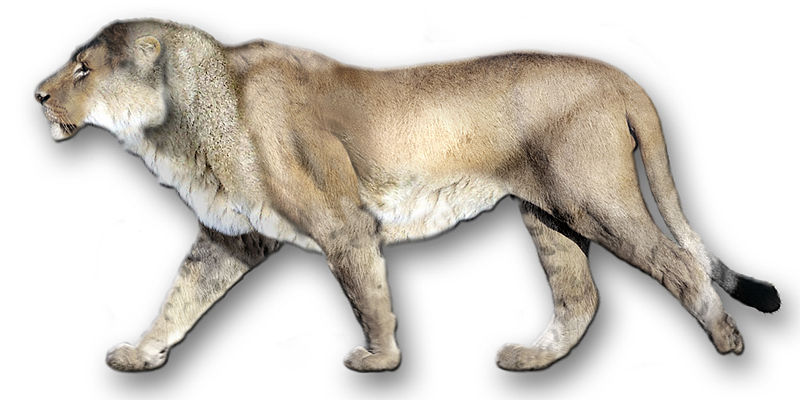
The Giant Short-Faced Bear or the Bulldog Bear: the largest bear ever to live
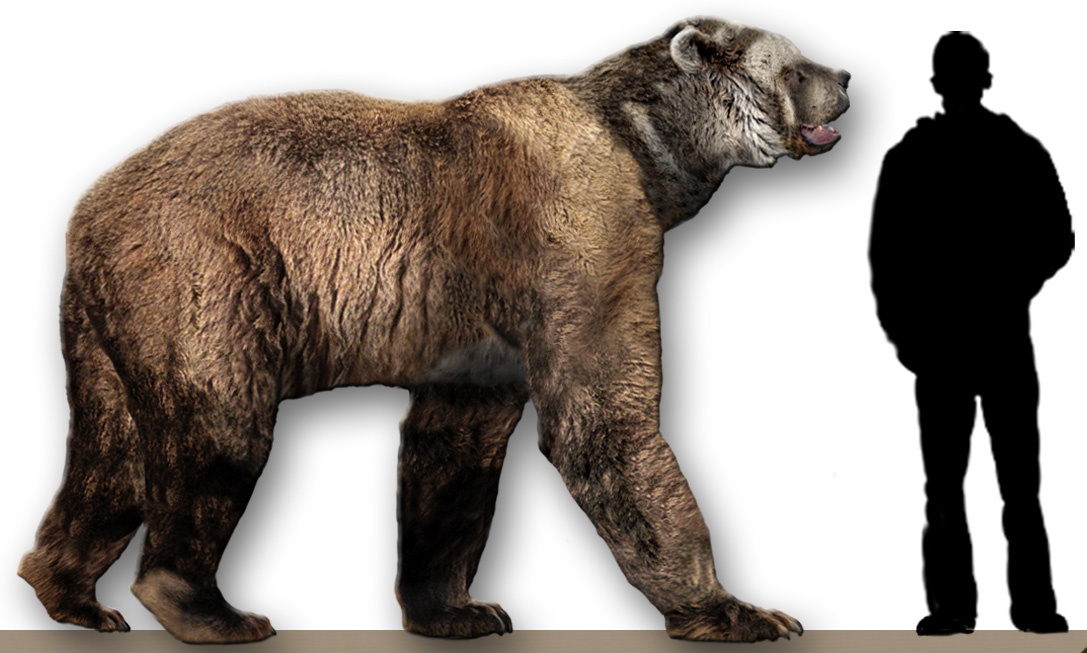
Smilodon populator: Sabertooth cats, I'd bet would be relegated to South America at this point due to competition in North America
The Dire Wolf: similar to the Grey Wolf, but larger, stockier, and more hyena-like in its niche

Equus: three to five species of horse

Camelops, or the Western Camel: A giant camel with a longer neck

Glyptodon: a giant armadillo, or more accurately a walking tank
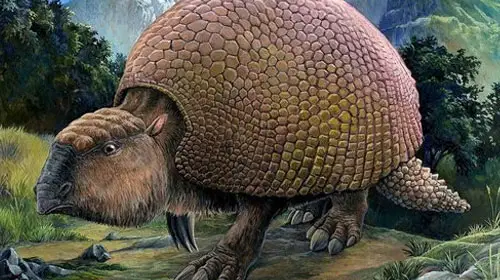
The Columbian Mammoth: not to be confused with the Wooly Mammoth, this baby is much bigger and hairless. Can you say ivory trade.
The Wooly Mammoth, probably clinging on in the northern Taiga and Tundras

The Giant Ground Sloths: depending on the species can be mild tempered to semi-carnivorous.

The Scimitar Cat:

The Shrub-Ox: related to the Musk-Ox
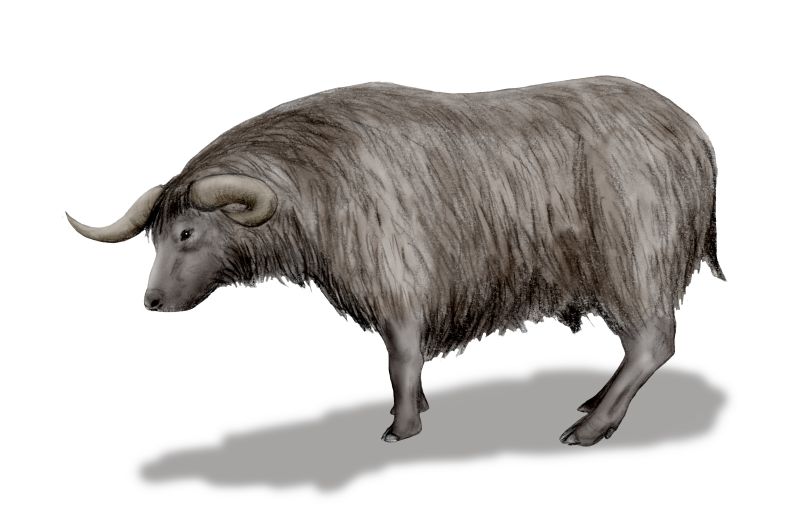
Long-Horned Bison, as well as three other species:

Teratorns: giant fucking vultures

The Florida Cave Bear: (actually didn't know this one existed until just now)
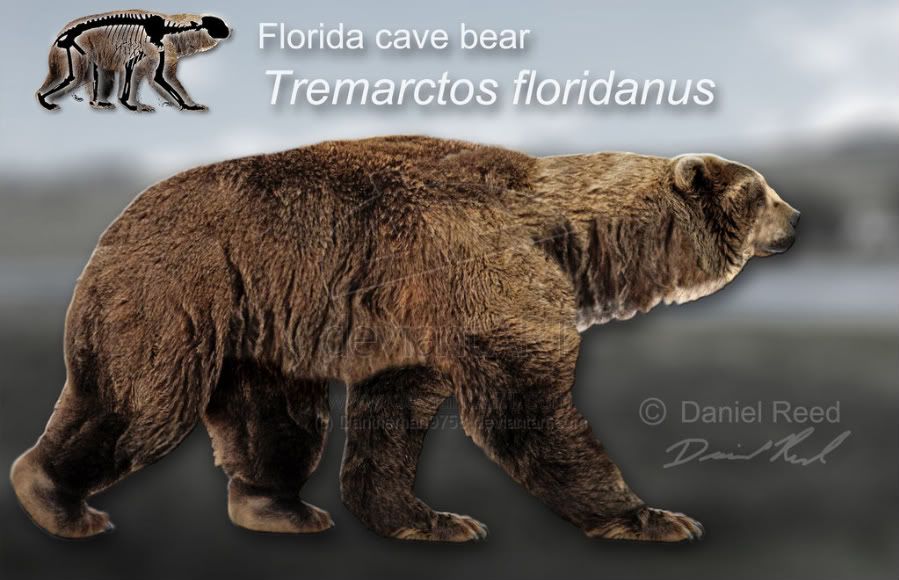
Giant Polar Bears: probably would be clinging on to life in the current warming we are having
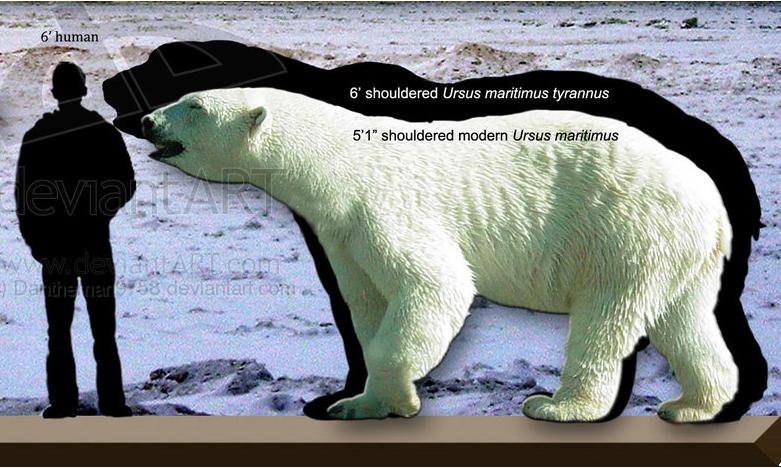
American Cheetah: probably not a true cheetah, but very distantly related. Could probably run as fast as 60 mph, the biological reason for the great speed and agility of the Pronghorn

The American Mastodon: another candidate for abuse in the ivory trade

3 species of Giant Peccaries: who said there weren't any pigs?

Toxodon: a hippo-like animal in South America
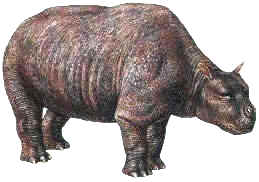
Macrauchenia: some weird shit in South America

Cuvieronius: a South American elephant
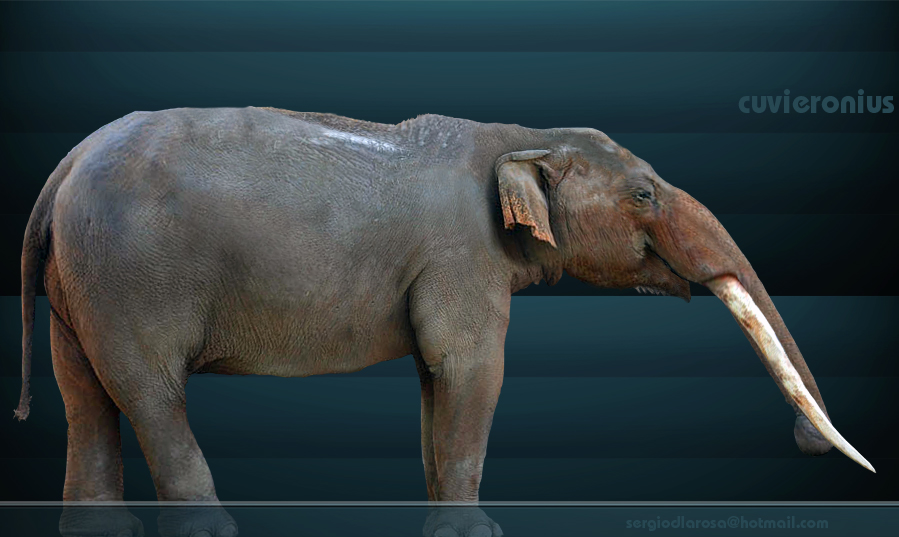
Now ALL OF THIS plus our current cast of bestial characters, including Polar Bears, Grizzly Bears, Black Bears, Grey Wolves, Deer, Moose, Elk, Caribou, Pronghorns, Coyotes, Jaguars (as far north as Utah before Americans hunted them back to Mexico), Cougars, Llamas, Guanacos, Alpaca, Peccaries, American Bison, Musk-Oxen, Anacondas, Alligators, Crocodiles, Caymans, Giant Otters, Condors, and Bald Eagles.
For Reference.
Fuck Sabertooth cats. They were already on their way out then, breeding to impotence, while things like T. walleri, and P. atrox OTOH.
Not sure where your evidence for this statement comes from- in 15,000BC, the Americas had three species of sabre-toothed cats that were really doing rather well. I know you're a big fan of Titanis, but, really, the creature was the last of its kind, and in general, the Phorusrhacids had been pretty totally out-competed by the large cats. Anyway, isn't the evidence for the survival of Titanis into the very late Pleistocene pretty darn shaky?
Surviving American megafauna, though, isn't going to impede colonisation of the Americas in the slightest. Did Europeans stay away from Africa because of its scary megafauna?
Share: